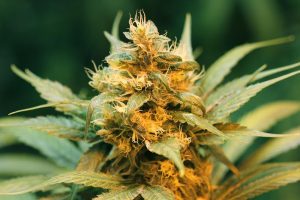 By Steve Neavling
By Steve Neavling
ticklethewire.com
The DEA is proposing to increase the amount of marijuana that can be legally grown for research by 30% in 2020, a promising sign for cannabis advocates who have long insisted the plant has healing properties.
Under the plans unveiled Wednesday, the DEA has called for 3.2 million grams of cannabis to be manufactured for scientific studies to determine the medical value of marijuana
“This will meet the need created by the increase in the amount of approved research involving marijuana,” DEA said in a press release. “Over the last two years, the total number of individuals registered by DEA to conduct research with marijuana, marijuana extracts, derivatives and delta-9-tetrahydrocannabinol (THC) has increased by more than 40 percent, from 384 in January 2017 to 542 in January 2019.”
The DEA also is proposing to reduce the amount of Schedule II opioids that can be manufactured in the U.S. next year. The DEA wants to reduce the amount by 31 percent, hydrocodone by 19 percent, hydromorphone by 25 percent, oxycodone by nine percent and oxymorphone by 55 percent.
“The aggregate production quota set by DEA each calendar year ensures that patients have the medicines they need while also reducing excess production of controlled prescription drugs that can be diverted and misused,” Acting Administrator Uttam Dhillon said in a statement. “DEA takes seriously its obligations to both protect the public from illicit drug trafficking and ensure adequate supplies to meet the legitimate needs of patients and researchers for these substances.”
For decades, marijuana has been illegal because it was listed as a Schedule 1 controlled substance, which means researchers believe it has no medical value. More substantial research could change that.
Numerous states have legalized marijuana for medical and recreational purposes, despite a federal law making it illegal.





